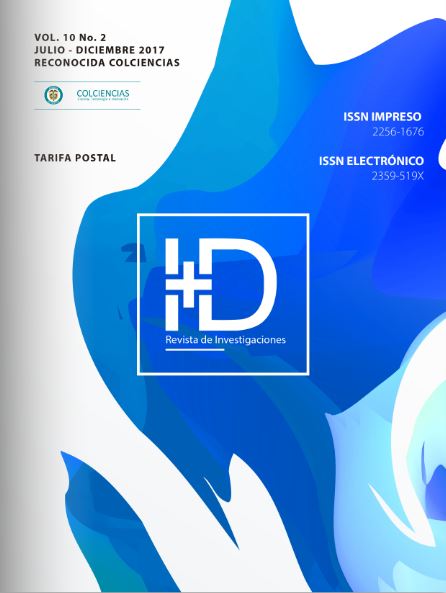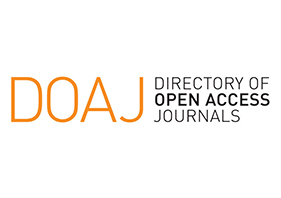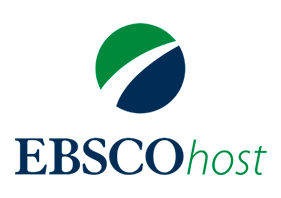Implementation of technological tools in the teaching processes- learning of the triangles
DOI:
https://doi.org/10.33304/revinv.v10n2-2017006Keywords:
Pedagogical tool, Technological, Triangles, Didactics, ICT educationAbstract
This work was born from the teaching of a work team of three institutions. After identifying the need to strengthen the teaching learning processes applying ICT Through the development of technological tools as support for teaching practice, specifically in the analysis, construction and resolution of problems related to the triangle, should be offered to students from a dynamic and participatory vision through the application of information and communication technologies (ICT), as a pedagogical tool for the construction of knowledge. The research was designed for seventh grade students of IED Carlos Pizarro León Gómez educational institution located in the seventh location of Bosa Bogotá-Colombia; which is composed of a curricular design and a pedagogical model based on the proposal (constructivism) and a technological reference on the importance of the use and application of ICT in education. The strategy sought to make known the triangle through its classification, its elements and some applications in a didactic and attractive way, making the educational software “The world of triangles”, will arouse interest in the technological innovation by the students, raising the levels of motivation and concentration, thus obtaining greater disposition towards the acquisition of new knowledge.Downloads
References
Académica. (2013). Académica. Obtenido de importancia del uso de las TIC en la educación: http://www.academica.mx/blogs/importancia-del-uso-las-tic-en-la-educacion
Abuchar Porras, A., Simanca Herrera, F., & Cárdenas Quintero, B. (2013). Naturaleza Creativa. Tecnología Investigación y Academia, 1(1), 64-75.
Abuchar Porras, & Cárdenas Quintero, B. (2012). Aproximación modelo para el diseño de cursos virtuales.
Abrate, R. S., & Pochulu, M. D. (27 de febrero de 2005). El software educativo en la enseñanza y aprendizaje de la matemática: fortalezas, oportunidades, debilidades y amenazas.
Acosta G, M. E. (2010). Enseñando transformaciones geométricas con software de geometría dinámica. Encuentro Colombiano de Matemática Educativa, 132 - 142.
Aníbal, P. L. (2007). El método comparativo: Fundamentos y Desarrollos Recientes. Pittsburgh: Departamento de Ciencias Políticas universidad de Pittsburgh.
Buendía, L., Colás, P. y Hernández, F. (1998). Métodos de investigación.
Cárdenas, J., Suárez, J. & Guerrero, C. (2014). Ecosistema Digital Académico: Una comunidad digital soportada en TIC para las instituciones de educación superior. I+D Revista de Investigaciones, 4(2), 6-14.
Colegio Carlos Pizarro León Gómez, (2009). Texto obtenido de http://colegiocarlospizarro.blogspot.com.co/2009/04/historia.html
Hurtado, J. (2007) http://aprenderlyx.com/tipos-de-metodologia-de-investigacion.
García Peña, S., & López Escudero, O. L. (2008). La enseñanza de la Geometría.
Peña Mecina, A. (2010). Enseñanza De La Geometría con TIC en Educación Secundaria Obligatoria. Madrid: Universidad Nacional de Educación a Distancia.
Sierra Bravo R. (1994) Técnicas de investigación Social Teoría y ejercicios, McGraw Hill, décima edición.












